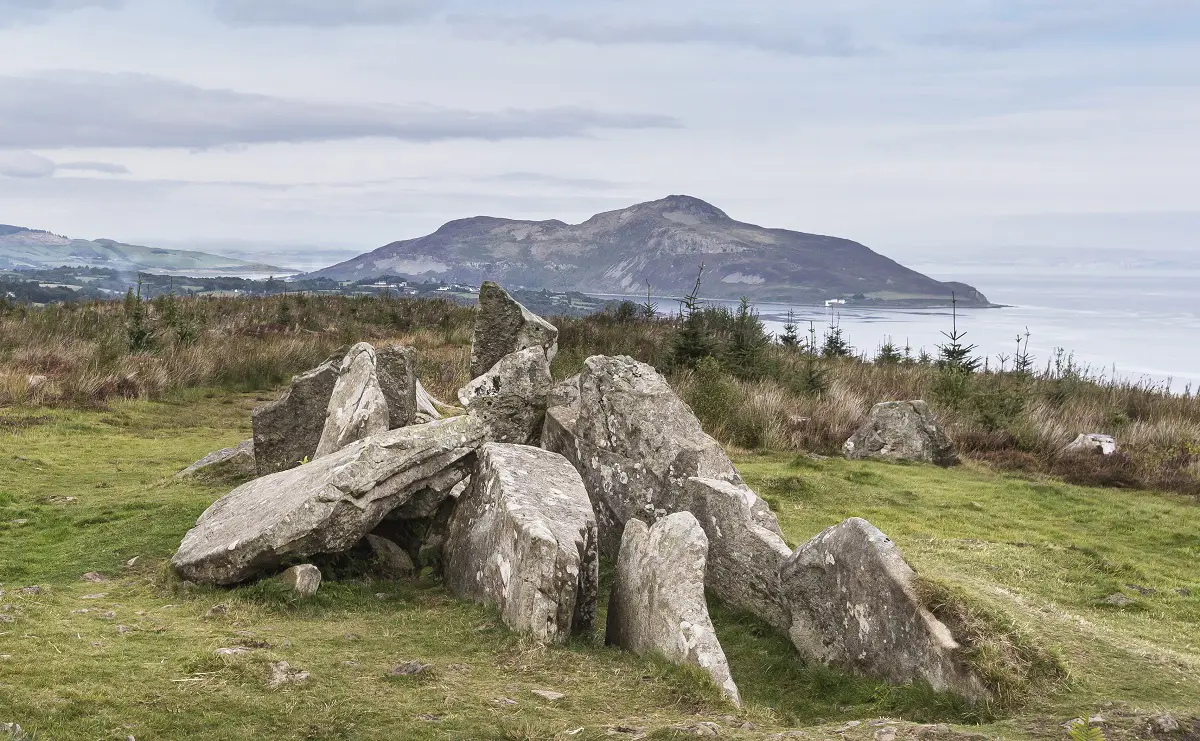Arran’s Neolithic chambered tombs
Arran’s Neolithic chambered tombs
Arran has been described as ‘Scotland in miniature’. Thousands of people visit each year to enjoy its scenery and wildlife. But did you know it’s also an important place for discovering archaeology?
Dotted about the island are numerous stone cairns or ‘chambered tombs’ in which our Neolithic ancestors (the first farmers in Britain) buried their dead around 4000 years ago. Some of the most important are on land we look after, so our archaeologist is a regular on the ferry!

The importance of archaeological survey
We’re not the first people to have been fascinated by these chambered tombs – they’ve been investigated and recorded since the 1800s. However, modern archaeological survey techniques are helping us discover more about these ancient structures.
For example, in the past, chambered tombs and other ancient monuments were recorded as simple ground plans. Today, by using laser scanning, low altitude aerial photography and some clever computer software we can build up amazing 3D illustrations.
The illustrations are great for sharing our enthusiasm about ancient sites, especially among young people. But modern measured survey and visualisation also creates archaeological records that our predecessors could never have imagined.
On Arran, these records are helping us interpret the chambered tombs and understand more about the people who built them. They are also vital when it comes to conserving these significant historic assets and protecting them for the future.